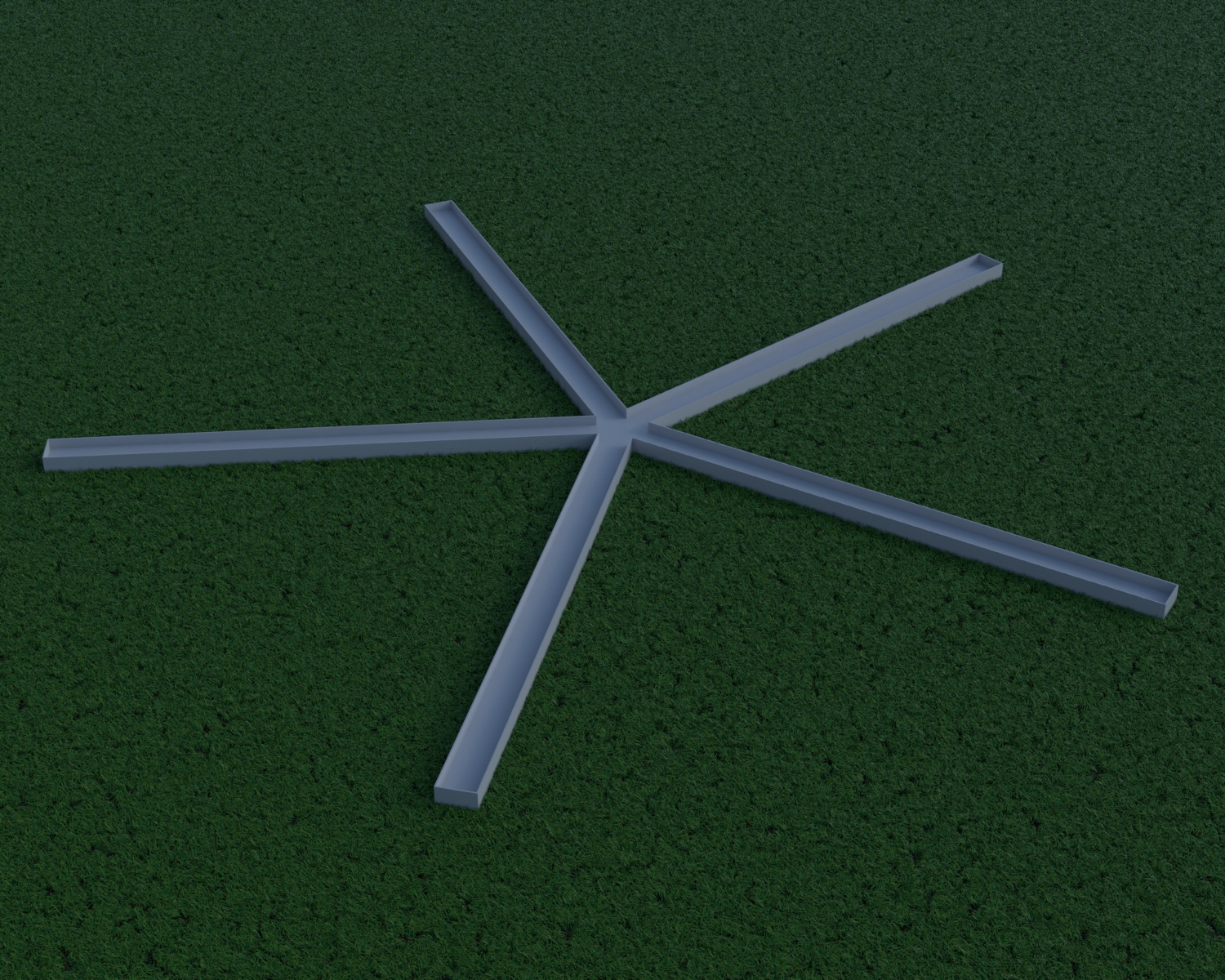The Primate Virtual Star Maze is a visual exploration-based navigation task used for observing navigational behaviors in primates. The Primate Virtual Star Maze, in general, is designed as a central decision point with five arms radiating outwards with equal distances between them.
The virtual maze allows easy manipulation of the environment, such as introducing cues and landmarks, without disturbing the experiment. Additionally, the virtual maze makes it possible to track eye position and record neural activity as the animal performs the task without causing any hindrance.
Mazeengineers offers the Primate Virtual Star Maze.

